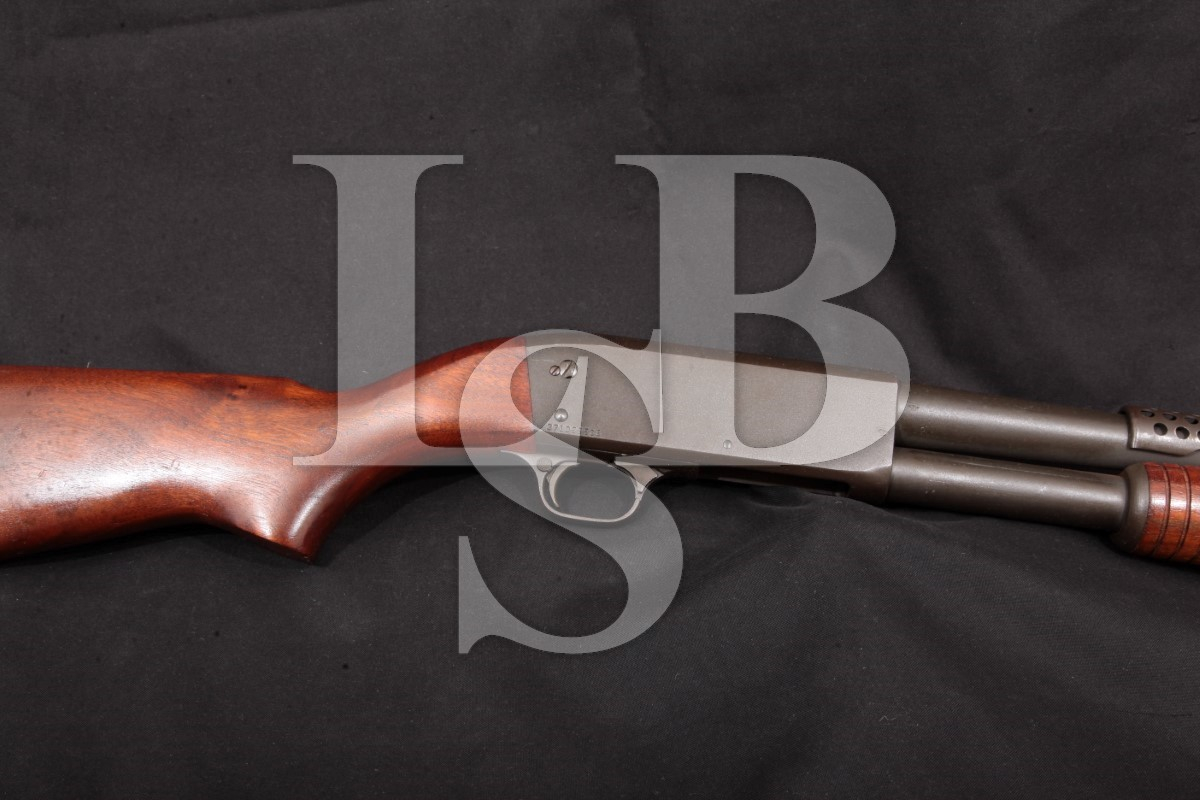Ithaca Trench Gun Serial Numbers


Posts about Ithaca 37 written by laststandonzombieisland. A 1942 vintage Ithaca M37 Trench gun Serial Number 578xx. Note the finish. The original Ithaca. May 18, 2015 - If a gun found today is not in this serial number range, it is not a genuine World War II-production Model 37 trench gun. The wartime Ithaca.
This member of the U.S. Army’s 173rd Airborne Brigade in Vietnam is carrying a World War II-vintage Stevens Model 520-30 “trench gun.” Many “recycled” World War II shotguns saw use in Vietnam. This article was first published in American Rifleman, March 2002 The use of shotguns by American fighting men predates the American Revolution when smooth-bore flintlock “fowling pieces” saw some combat use, primarily by irregular troops. Shotguns continued to see a surprising amount of military use, albeit “informally,” during the War Between the States and into the “Indian Wars” period.
Some shotguns were purchased by the government for “foraging” purposes, but a number of privately owned shotguns accompanied some soldiers into combat during this period. The first official procurement of shotguns as combat arms by the U.S. Government occurred around the beginning of the 20th century when a couple hundred standard, short-barreled, commercial Winchester Model 1897 slide-action, 12-ga.
“riot guns” were issued to American troops fighting in the Philippines. The guns proved to be of enormous benefit against Moro tribesmen in the close-range jungle fighting common to the Philippine “pacification” campaigns. Shown here (from top to bottom) are three U.S.
Download anime inazuma eleven sub indo full episode. Tapi, Jika Endou tidak berhasil mendapatkan 11 anggota bagi klub untuk bermain melawan Teikoku, klub akan dibubarkan!
Military combat shotguns commonly used during the Vietnam era. They are an Ithaca Model 37 “S-prefix” ”riot gun,” a Winchester Model 1200 “trench gun” with a late 1960s-vintage M1917 bayonet attached and a Stevens Model 77 E “riot gun.” The United States military again turned to shotguns when the nation became embroiled in World War I. The tried and proven Model 1897 was slightly modified by the addition of a ventilated metal handguard and bayonet adapter and was referred to as the “trench gun.” The Winchester Model 1897 12-ga. Trench guns, along with a smaller number of Remington Model 10 trench guns, saw action in the trenches of France during the closing months of the war. The trench gun soon garnered a reputation as a fearsome close-range arm, and the Germans even lodged official diplomatic protests against its use. Following the Armistice in 1918, the trench guns remained in the inventories of the U.S. Army and Marine Corps where they saw use in some “hot spots” in the Caribbean and China “between the wars.” The supply of shotguns left over from World War I was sufficient to meet the demand until the eve of World War II.
The Pearl Harbor attack found the United States military woefully short of all manner of arms. The World War I-vintage shotguns were about a quarter century old by that time, and the supply was insufficient to meet the burgeoning demand. The Ordnance Department gave contracts to several commercial firms for shotguns. There were three basic types procured during World War II; trench guns (with bayonet adapters and handguards), riot guns (plain, short-barreled guns) and longer-barreled trap or skeet guns (for training aerial gunners and for recreational use). Winchester Repeating Arms Co. Supplied Model 97 and Model 12 shotguns of all three types.